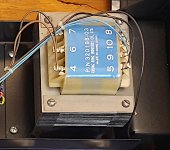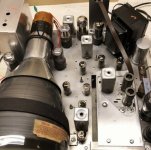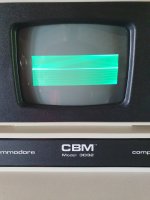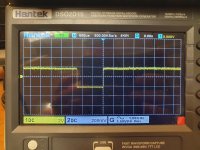daver2
10k Member
Shaking. I was referring to the brightness change.
Is it possibly an interaction between the transformer and the monitor?
Can you open up the case - and prop it up - and see if the problem either goes away or reduces.
Dave
Is it possibly an interaction between the transformer and the monitor?
Can you open up the case - and prop it up - and see if the problem either goes away or reduces.
Dave





